Street art has become a powerful form of self-expression and a captivating sight in cities around the world. From vibrant murals to intricate stencils, street art has transformed plain walls into captivating canvases that tell stories and evoke emotions. This urban art form provides artists with the opportunity to make a statement and connect with their audience on a profound level.
One of the most remarkable aspects of street art is its ability to turn ordinary streets into open-air galleries. Instead of confining art to traditional museum spaces, street art takes art to the streets where it can be experienced by anyone, regardless of their background or social status. It breaks down barriers and creates an inclusive environment for everyone to appreciate and engage with art.
Street art is a democratic art form that challenges the conventional norms of the art world. It allows artists to bypass the traditional art market and reach a wider audience. It gives them the freedom to express their ideas and opinions without the constraints imposed by galleries or curators. Street art is often associated with political and social activism, as artists use their work to address important issues and spark conversations.
Not only does street art add vibrancy and color to cities, but it also contributes to a sense of community and place-making. By transforming ordinary spaces into visual masterpieces, street art fosters a sense of pride and belonging among residents. It creates a shared experience that brings people together and strengthens the cultural fabric of a city.
Graffiti: The Roots of Street Art
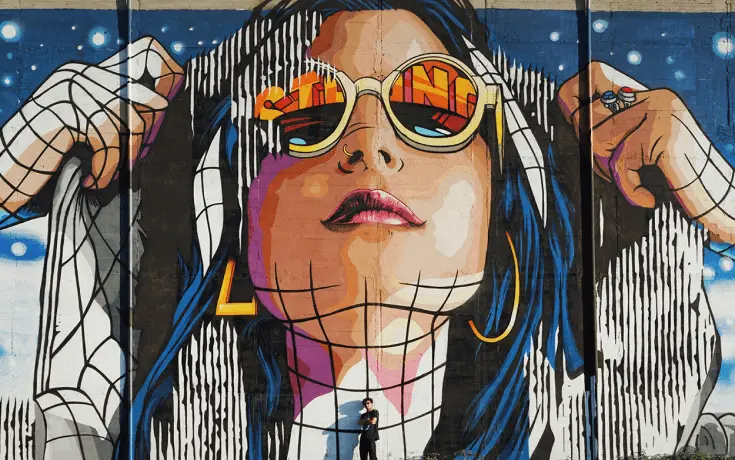
Graffiti is often considered the precursor to modern street art and has deep roots in urban culture. Dating back to ancient times, humans have been leaving their marks on walls and surfaces as a way to express themselves and leave their mark on the world.
What began as simple markings and symbols has evolved into a complex art form that is often associated with rebelliousness and counterculture. Graffiti artists use spray paint, markers, stencils, and other tools to create colorful and intricate designs on walls, buildings, and public spaces.
Graffiti has its origins in various cultures around the world, from the graffiti-like inscriptions found in ancient Pompeii to the political murals of Mexico. In the 20th century, graffiti became a prominent form of expression within hip hop and punk subcultures, allowing individuals to claim their space and express their identities outside of mainstream society.
One of the key elements of graffiti is its transient nature. Unlike traditional forms of art, which are often created with the intention of lasting for centuries, graffiti is typically temporary, constantly changing and evolving as new artists leave their mark and old works are painted over or removed.
While graffiti has often been associated with vandalism and illegal activity, it has also gained recognition as a legitimate art form. Many graffiti artists have crossed over into the world of galleries and museums, showcasing their work alongside more traditional art forms.
Overall, graffiti has played a pivotal role in the development of street art. It has paved the way for artists to express themselves in public spaces, challenge societal norms, and leave a lasting impression on the urban landscape.
Graffiti continues to be a powerful form of self-expression and a testament to the creativity and resourcefulness of artists in urban environments.
Creative and Expressive Medium
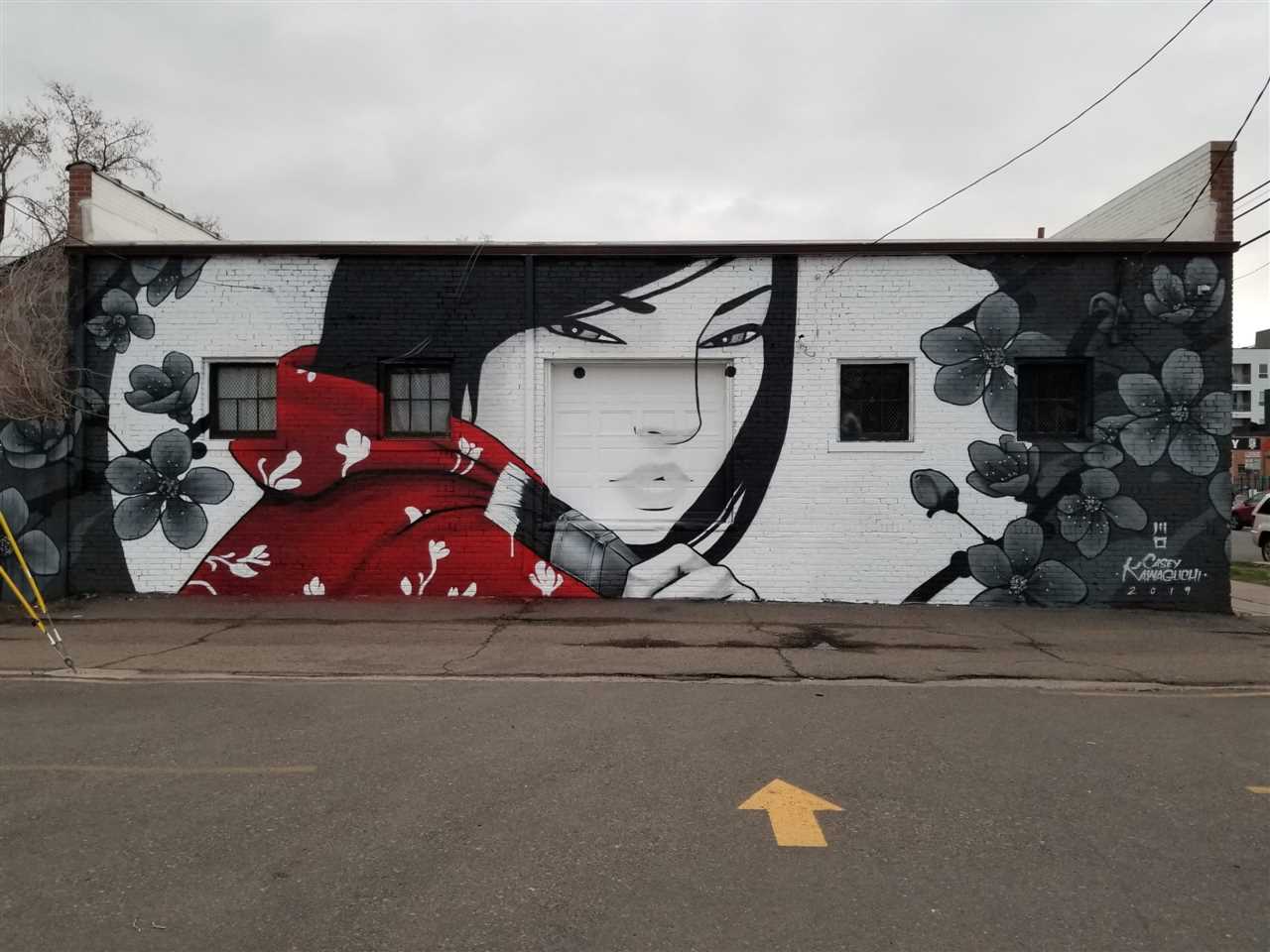
Street art provides a creative and expressive medium for artists to convey their messages and ideas. It allows them to transform public spaces into galleries and reach a broader audience, breaking free from the constraints of traditional art forms. Through their work, street artists can challenge social norms, raise awareness about important issues, and provoke thought and conversation.
The medium of street art itself offers endless possibilities for creativity and experimentation. Artists can use various techniques, such as stenciling, murals, graffiti, and installations, to create their unique and impactful artworks. They can play with colors, textures, and dimensions, using the urban landscape as their canvas. Street art allows for spontaneous and improvisational art-making, enabling artists to adapt to their surroundings and create in the moment.
Moreover, street art provides a platform for marginalized voices and communities to express themselves. It gives a voice to those who may otherwise remain unheard, allowing them to break through social and cultural barriers. Street art can convey personal stories, political statements, and cultural reflections, giving representation to diverse perspectives and experiences.
Overall, street art serves as a creative and expressive medium that challenges the traditional boundaries of art and offers a platform for artists to share their authentic voices and visions with the world.
Impressive and Vibrant Visuals

Street art is known for its impressive and vibrant visuals that captivate passersby and add life to urban spaces. From colorful murals to intricate stencil designs, street artists transform ordinary city walls into extraordinary pieces of art.
These visuals often depict a wide range of subjects, including portraits of famous figures, political statements, social commentary, and abstract creations. Each piece tells a unique story and invites viewers to interpret and engage with the artwork.
The use of vibrant colors and bold lines in street art creates visual impact and grabs attention. The juxtaposition of different colors and textures adds depth and dimension to the artwork, making it visually striking and visually appealing.
Street art also often incorporates elements of surprise and playfulness, with artists using clever techniques like anamorphic illusions or hidden messages to interact with the environment and surprise viewers. This adds an extra layer of intrigue and excitement to the overall experience of encountering street art.
Moreover, street art is not confined to traditional canvases. It can be found on walls, buildings, sidewalks, and even on abandoned objects. This gives street artists the opportunity to use the urban landscape as a canvas and create art that seamlessly integrates with its surroundings.
The Urban Gallery: Street Art in the City
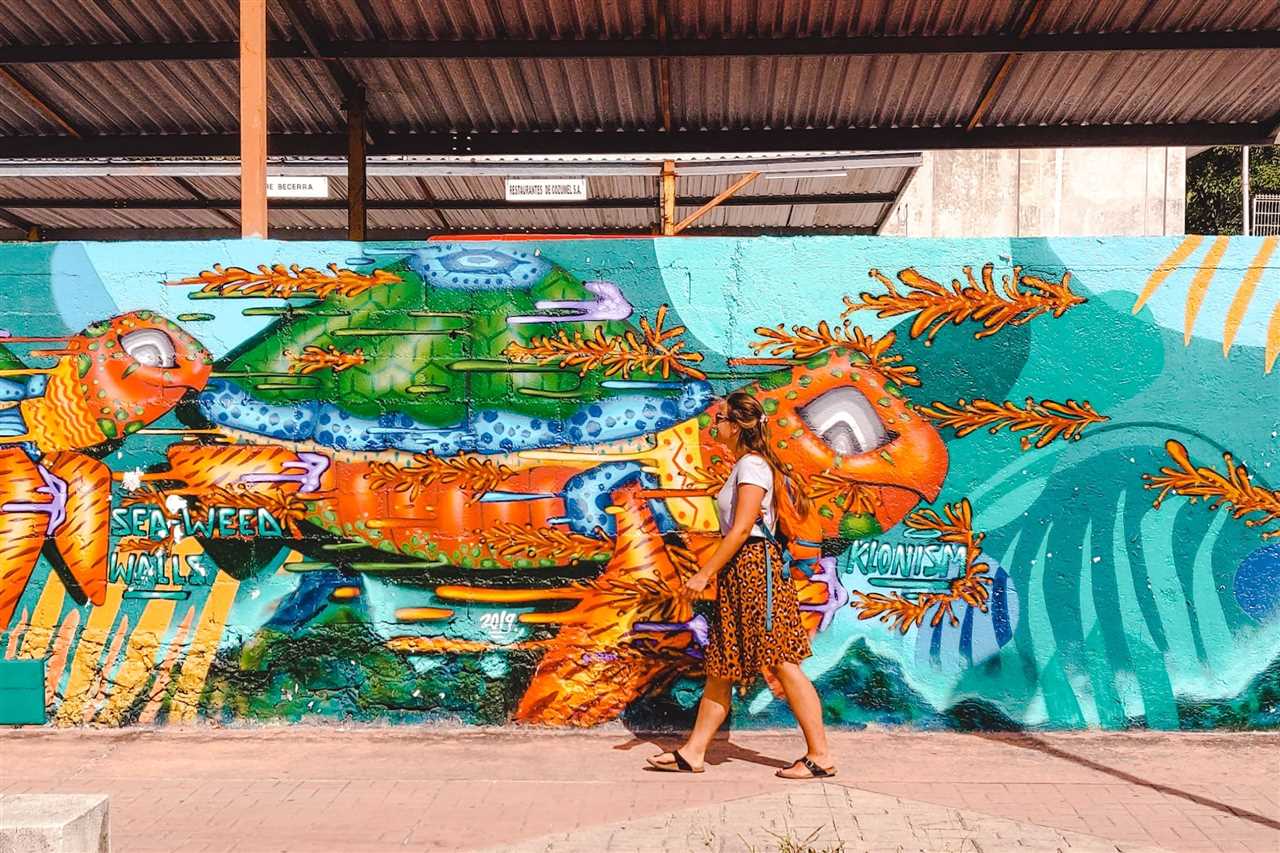
Street art has transformed cities around the world into vibrant and dynamic galleries. No longer confined to traditional art spaces like museums or galleries, street art has taken to the streets, alleys, and buildings of urban landscapes, breathing new life into often overlooked spaces.
Walking through a city, you may stumble upon a work of art that tells a story, conveys a message, or simply leaves you in awe. Street art comes in many forms, from colorful graffiti to intricate stencils, murals, and sculptures. Artists use these mediums to express themselves and engage with their surroundings.
What makes street art so captivating is its accessibility. Unlike traditional art, which can sometimes feel exclusive or elitist, street art is for everyone. It’s a visual conversation between the artist and the viewer, inviting the passerby to stop, think, and appreciate the creativity that has transformed a once mundane wall or corner into a vibrant piece of art.
Street art also serves as a reflection of the city and its culture. It often showcases local history, social issues, or the unique spirit of a neighborhood. By interacting with street art, we can gain insight into the thoughts, opinions, and experiences of the artists and the communities they represent.
The urban gallery is a constantly evolving landscape. Artists come and go, new works replace old ones, and the city becomes a canvas for creativity. What was once a blank wall can become a powerful statement or a source of inspiration.
 |
 |
 |
 |
 |
 |
Next time you find yourself walking through the city, take a moment to appreciate the urban gallery that surrounds you. Look beyond the facades of buildings and let yourself be captivated by the expressive and impressive street art that brings life to the city streets.
Colorful and Amazing Murals

Murals are a captivating form of street art that can transform ordinary facades into vibrant and expressive works of art. These large-scale paintings often cover entire walls and buildings, creating an immersive and visually stunning experience for viewers.
One of the most striking aspects of murals is their use of color. Artists use a wide range of hues to bring their creations to life, from bold and vibrant shades to subtle and muted tones. The use of color in murals can evoke different emotions and set the mood for a particular space.
Moreover, the size of murals allows artists to create intricate and detailed designs. Some murals tell stories or convey important social or political messages, while others are purely decorative and aesthetically pleasing. Regardless of their subject matter, murals have the power to transform a plain wall into a captivating work of art that engages and inspires the local community.
Another fascinating aspect of murals is their ability to blend into their surroundings. Some artists incorporate elements from the environment into their designs, such as nearby buildings or natural landscapes, creating a seamless interaction between art and the real world. This integration adds depth to the artwork and enhances its overall impact.
In addition to their aesthetic appeal, murals also have practical benefits. They can revitalize neglected or run-down areas, turning them into popular destinations for locals and tourists alike. Murals can also act as a form of cultural expression, reflecting the history, traditions, and identity of a community.
Overall, colorful and amazing murals are a testament to the creativity and talent of street artists. By transforming ordinary spaces into extraordinary works of art, murals enrich our urban landscapes and bring joy and inspiration to all who encounter them.
Cultural Impact and Social Commentary
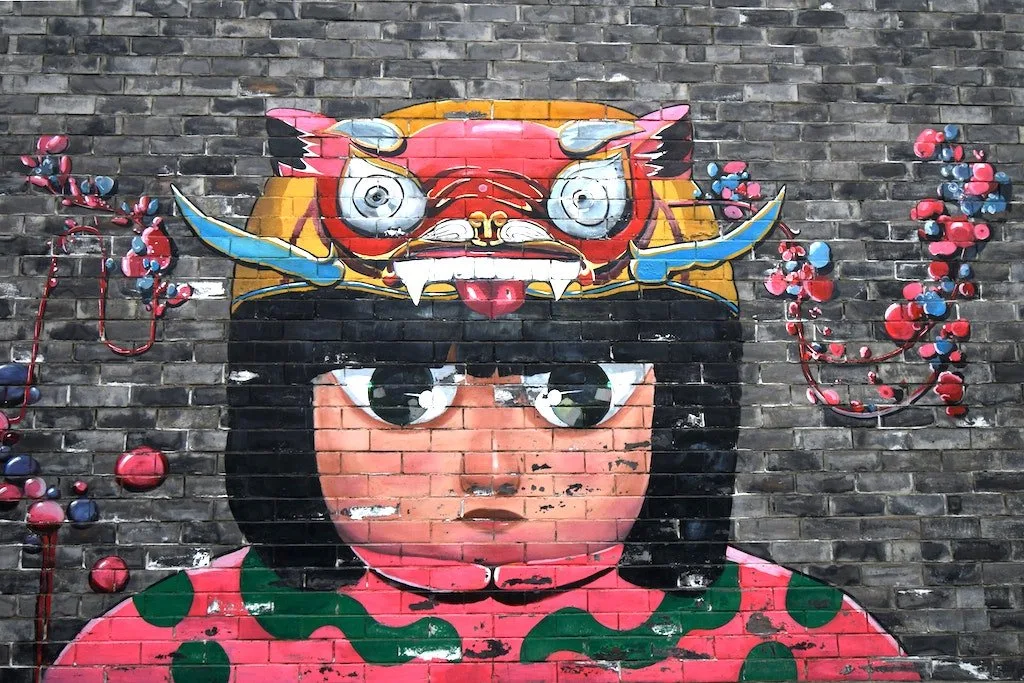
One of the reasons street art has such a cultural impact is because it is accessible to everyone. Unlike traditional forms of art that are often confined to museums and galleries, street art is free for anyone to view and appreciate. This accessibility allows street art to reach a wide audience and have a greater influence on society.
Street artists often use their art as a form of social commentary. They address important issues such as politics, social inequality, and environmental concerns. By creating thought-provoking and visually striking images, street artists are able to shed light on these issues and inspire conversations about them.
Moreover, street art has the power to transform neglected and abandoned urban spaces into vibrant artistic hubs. By revitalizing these areas, street art can help to create a greater sense of community and pride. It also encourages people to explore their surroundings and discover hidden gems.
The Ever-Evolving World of Street Art
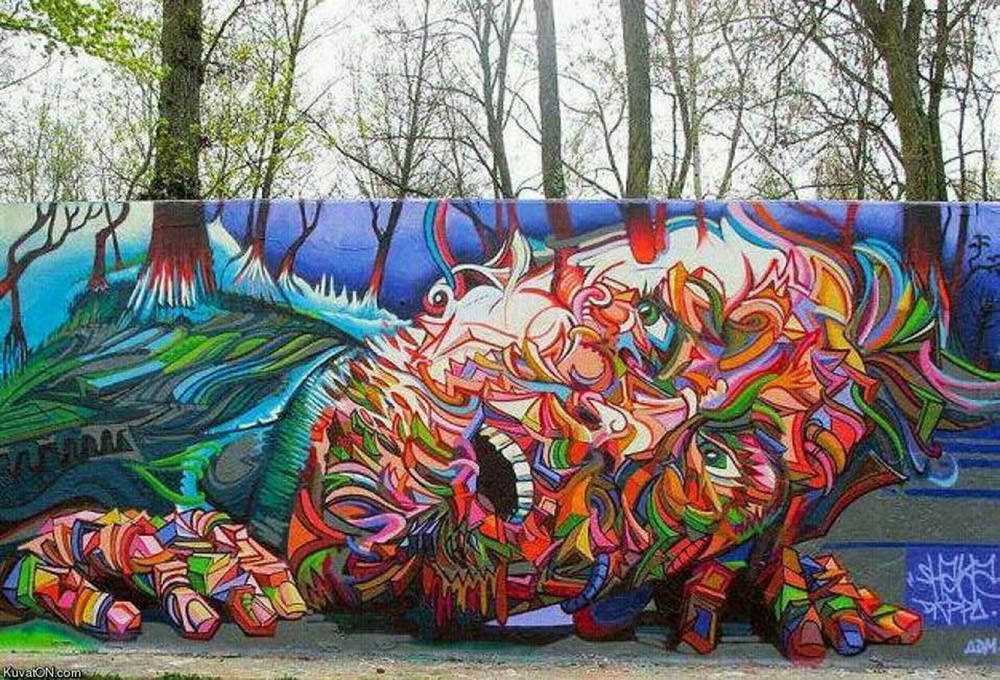
Street art is a dynamic and ever-evolving form of artistic expression that has taken the urban landscape by storm. With its roots in graffiti and mural art, street art has become a global phenomenon, showcasing a wide range of styles and techniques. From spray-painted murals to intricate stencils, street artists push boundaries and challenge traditional notions of art.
One of the most fascinating aspects of street art is its fluidity and constant evolution. Unlike traditional art forms that are typically confined to museums and galleries, street art is created in public spaces, making it accessible to everyone. This unique quality allows street art to engage with a diverse audience and reflect the current social and cultural climate.
Diverse Styles and Techniques

In the world of street art, there is a rich diversity of styles and techniques. Artists often draw inspiration from various sources, including pop culture, politics, and personal experiences. This eclectic mix of influences results in a wide range of artistic approaches, from bold and colorful murals to thought-provoking stencil art.
Street art embraces a variety of techniques, including freehand painting, stenciling, wheatpaste, and even installations. These techniques allow artists to experiment with different textures and mediums, creating visually captivating works of art that transform urban spaces into open-air galleries.
A Platform for Social Commentary

Street art has emerged as a powerful platform for social commentary and political activism. Many artists use their art to raise awareness about a wide range of social issues, such as inequality, injustice, and environmental concerns. Through their work, these artists spark conversations and inspire change in their communities.
Street art also provides a voice for marginalized groups and underrepresented communities. It offers an alternative narrative that challenges mainstream perspectives and encourages dialogue about important societal issues. By reclaiming public space and using art as a tool for self-expression, street artists empower themselves and their communities.

I am a mural enthusiast and a fervent admirer of street art. Rather than creating murals myself, I am passionate about collecting them. My love for street art knows no bounds. I am dedicated to curating and cherishing these artworks that grace the streets. My collection stands as a testament to my profound appreciation for this form of artistic expression.
read about me



